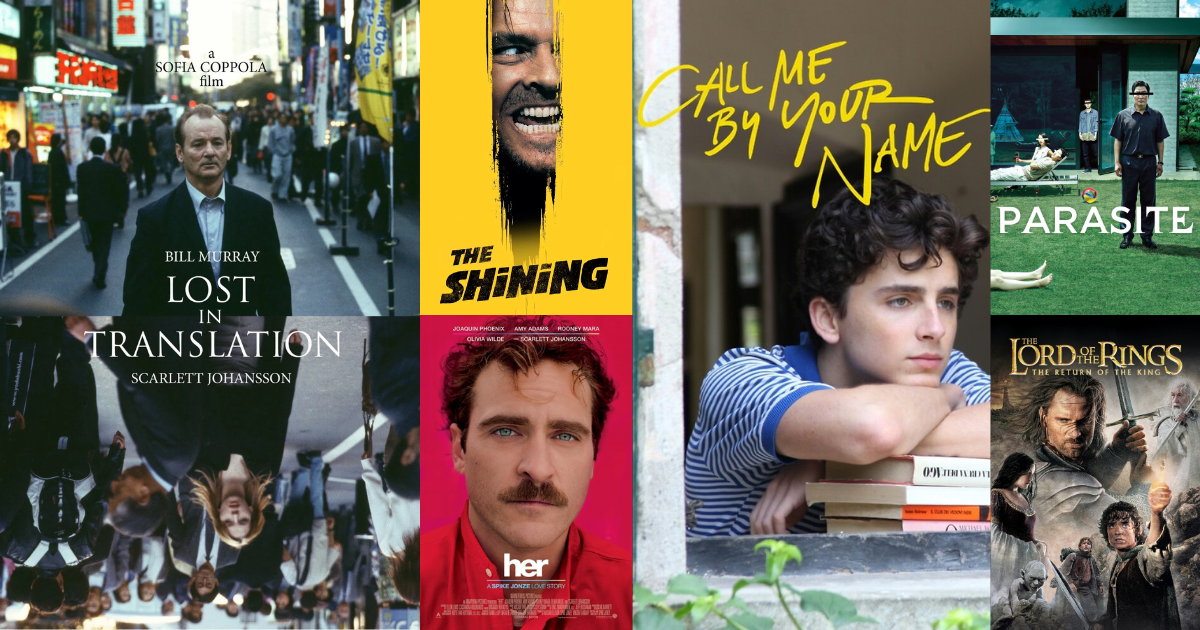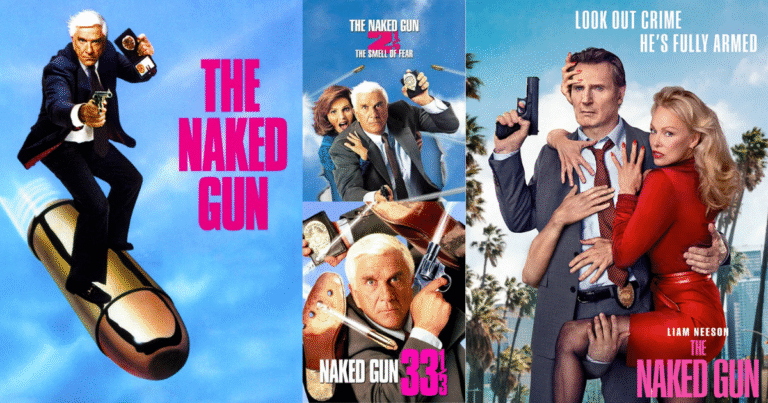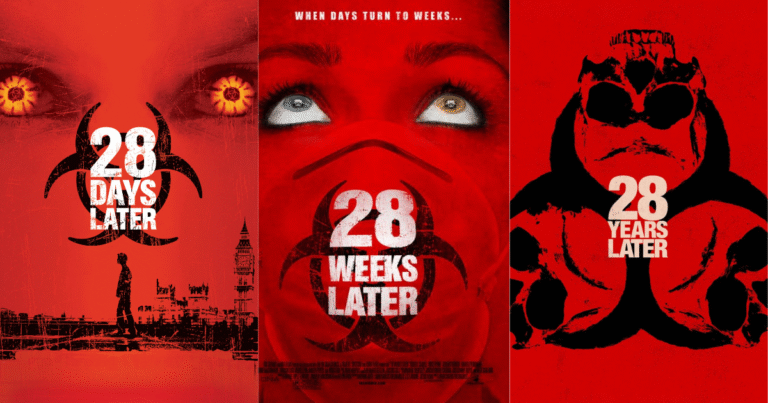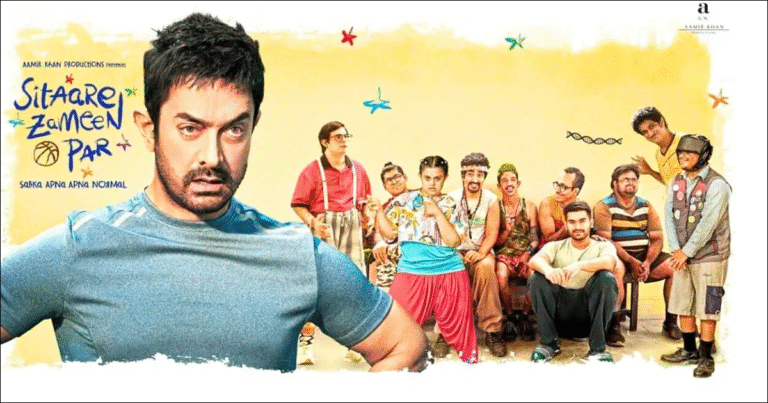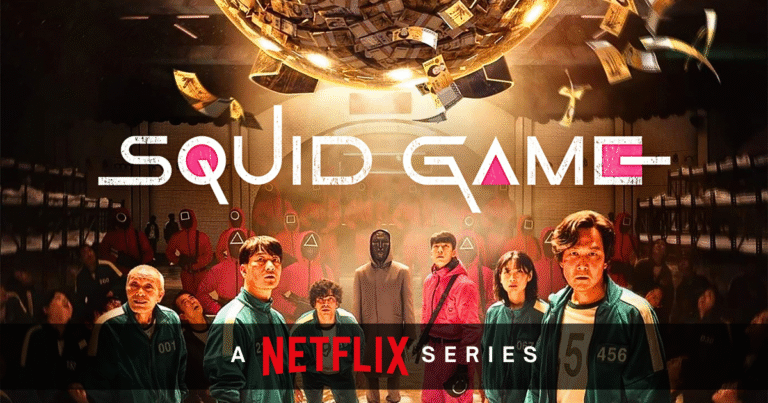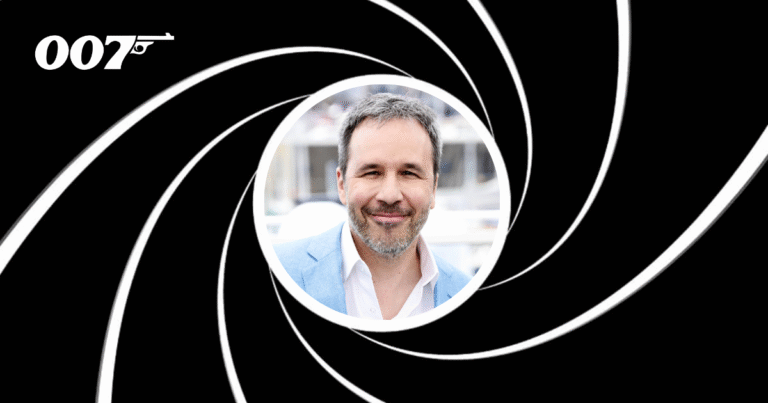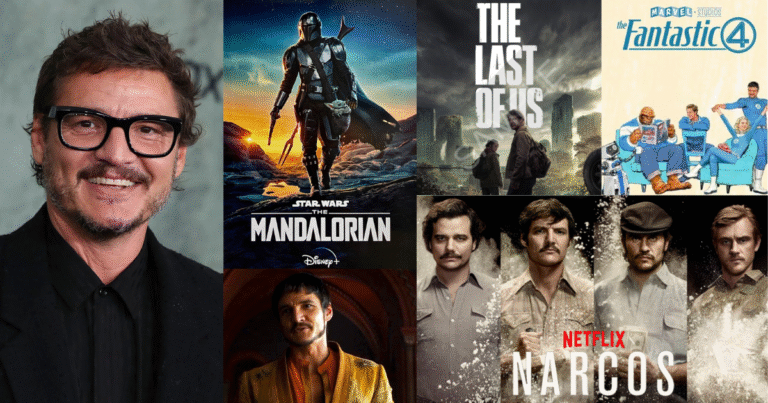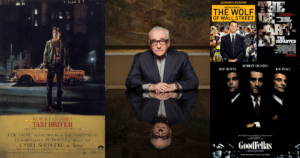Think of your favorite movie. Maybe it’s set in a busy city, a quiet town, or somewhere deep in the mountains. Now ask yourself: could that story have happened anywhere else?
In many great films, the location isn’t just a backdrop. It breathes. It shapes the story. It reflects the characters’ inner worlds. It evolves with the plot. And sometimes, it even steals the show.
This is when location becomes a character in film. Not literally, of course, it doesn’t talk or walk. But it influences the narrative as powerfully as any actor on screen.
Let’s unpack how and why this happens, and explore some unforgettable examples of movies where the setting becomes as iconic as the story itself.
What Does It Mean for a Location to Be a Character?
When we say a place acts like a character in a film, we mean it’s doing more than sitting pretty. It’s helping tell the story. It has its own mood, history, and impact. It affects how the audience feels. It pushes the characters forward, or holds them back.
Filmmakers do this using cinematography, sound design, set decoration, and how characters interact with the space. Over time, we begin to feel like we know the place, just like we know the characters.
Why It Works
When a location feels alive, it makes the story feel real. We’re not just watching events happen, we’re stepping into a fully realized world. Whether it’s a sun-soaked Italian village or a claustrophobic spaceship, these places become unforgettable because they do something. They heighten emotion. They add pressure. Or they give characters space to grow.
Also, using place as a character adds emotional texture. A haunted house isn’t scary just because it looks creepy—it’s scary because of what it holds, what it represents, and how the characters react to it.
Great Examples of Location as Character
Let’s look at some films that masterfully use location to do more than just fill the frame.
1. Lost in Translation (Tokyo)
In Sofia Coppola’s Lost in Translation, Tokyo is more than a city. It becomes a mirror for the loneliness and confusion the characters feel. The crowded streets, neon lights, and language barriers all contribute to a deep sense of disconnection. Yet, that same environment also creates intimacy, because in this strange place, two strangers find comfort in each other.
2. The Shining (Overlook Hotel)
Stanley Kubrick’s The Shining turns the Overlook Hotel into a living, breathing force. Its empty halls and eerie symmetry build psychological tension. As the characters unravel, so does the hotel, becoming both a prison and a portal into madness. The story wouldn’t work anywhere else.
3. Call Me by Your Name (Northern Italy)
This film uses its lush countryside setting to evoke longing, youth, and desire. The sun-drenched landscapes, lazy summer days, and secluded riverbanks all add sensuality and nostalgia. The romance feels inseparable from the place, Italy itself becomes a symbol of first love.
4. The Lord of the Rings (Middle-earth/New Zealand)
Peter Jackson’s Middle-earth is built from the actual landscapes of New Zealand, but the way it’s shot makes the location a mythic presence. From the calm of the Shire to the dread of Mordor, each region is a distinct force that shapes the journey. You can’t think of Frodo’s story without picturing the vast mountains and valleys he travels through.
5. Parasite (Modern Seoul Homes)
Bong Joon-ho’s Parasite uses two main locations to reflect class division: the rich family’s sleek, elevated home and the poor family’s cramped, flood-prone basement. The way these spaces are framed tells us everything about the social hierarchy. By the end, the layout of each home becomes essential to the story’s tragic climax.
6. Her (Futuristic Los Angeles and Shanghai)
Spike Jonze’s Her combines locations from Los Angeles and Shanghai to create a dreamy, future version of urban life. The city feels clean, distant, and oddly comforting, perfect for a film about artificial intelligence and emotional disconnection. The blend of soft light and silent cityscapes matches the inner world of its lonely protagonist.
How Filmmakers Bring Locations to Life
Creating a character out of a place doesn’t happen by accident. Here’s how directors and cinematographers do it:
- Camera Movement: Long, lingering shots help viewers absorb the atmosphere. Sharp, shaky footage can create tension or chaos.
- Lighting: Harsh light can make a space feel cold and clinical. Warm tones create intimacy. Natural light can make a location feel real and relatable.
- Sound: A location’s “voice” matters. The echo of empty hallways, distant traffic, or birdsong—all these add to the mood.
- Production Design: What objects are in the space? What colors dominate? How is the room laid out? These elements reflect the emotional tone.
- Character Interaction: When characters react to or comment on their environment, they reveal how that space affects them.
Why It Matters for Storytelling
A well-used location can:
- Reinforce themes (like isolation, freedom, or transformation)
- Build emotional resonance without words
- Highlight cultural or social dynamics
- Ground fantasy in visual reality
- Amplify the stakes of the story
It also adds rewatch value. The more you pay attention to the setting, the more layers you uncover.
Real-World Impact
Some movies are so tied to their locations that tourism explodes after release. Think of Eat Pray Love and Bali, or The Beach and Thailand. But the deeper impact is cultural: these films introduce us to places, and often, their people, in ways that spark curiosity, empathy, and sometimes even change.
Final Thoughts
When filmmakers treat location as more than scenery, something magical happens. Cities breathe. Houses haunt. Landscapes reflect heartbreak and hope. These cinematic places stay with us long after the credits roll because they weren’t just where the story happened. They were why it happened the way it did.
So the next time you watch a film, look beyond the characters. Watch the setting. Listen to what it’s saying. You might realize the most unforgettable character in the film never says a word.




